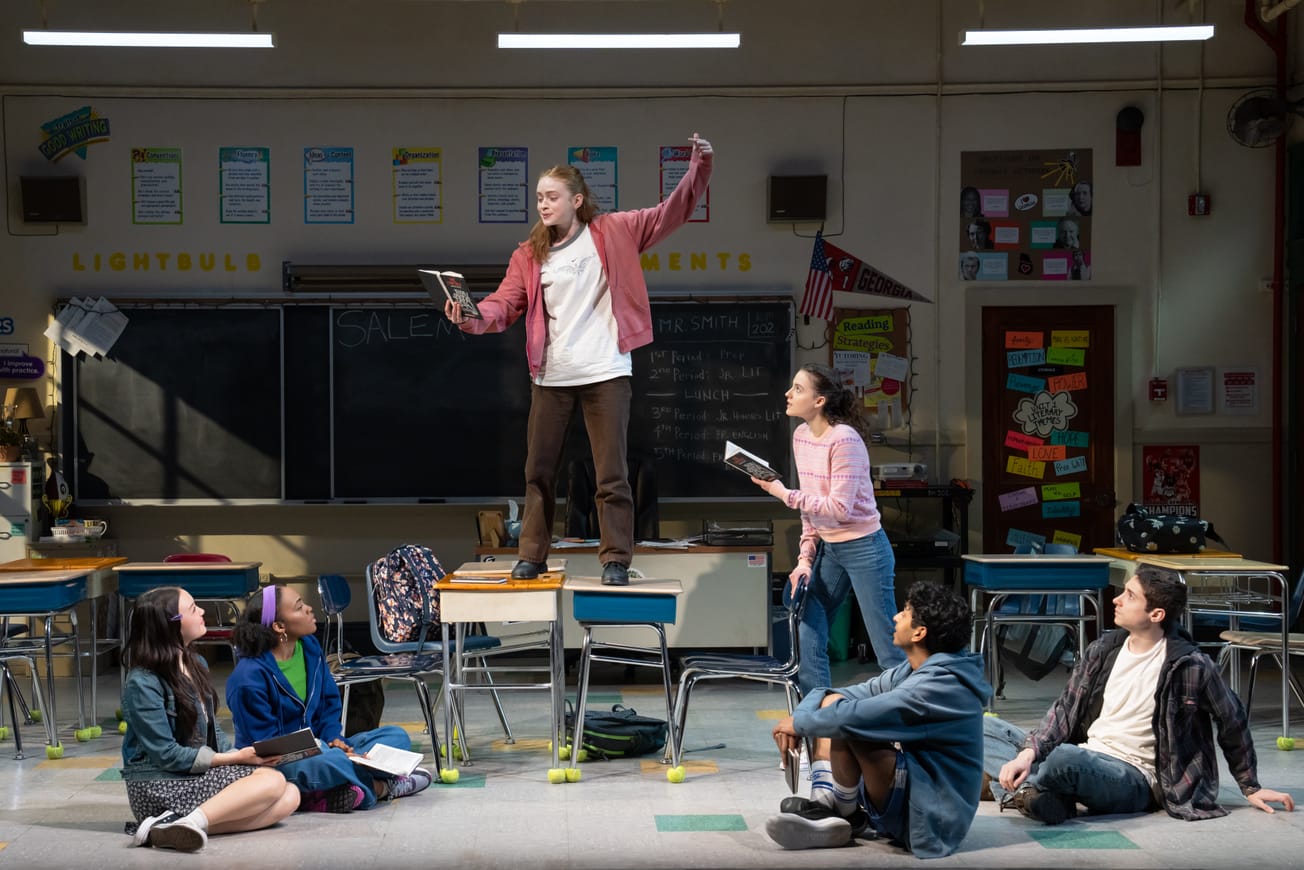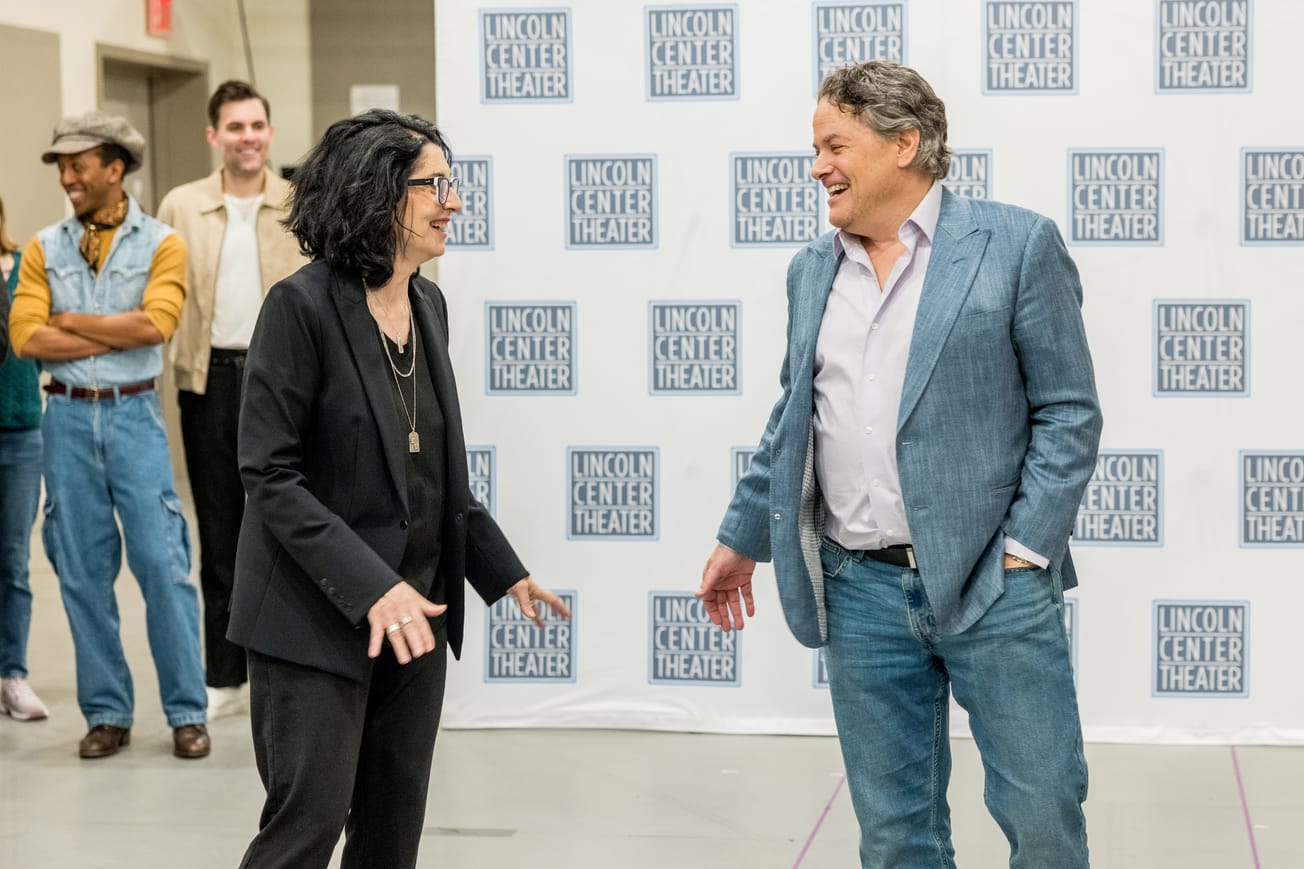Employment among New York City workers in the arts, entertainment and recreation sectors fell 66% between December 2019 and December 2020, according to a new report from the New York State Comptroller.
The drop to 34,100 jobs from 87,000 jobs in the year prior marks the largest employment decline out of all sectors in the city’s economy, according to the report released Wednesday. The report defines the arts, entertainment and recreation sector as encompassing live theater, as well as museums, sporting events, zoos and botanical gardens in the city.
The current employment rate in the sector remains largely unchanged from employment levels in April 2020, according to the report.
“This sector is the only major employment sector in New York City that remains below half of its pre-pandemic employment levels,” the report reads.
The sector’s businesses has largely been supported through federal programs, such as the Paycheck Protection Program, which initially closed applications in August 2020, but has since reopened for a second round of loans. Close to two-thirds of businesses in the sector — not including independent contractors, sole proprietors, and self-employed individuals — were approved for PPP loans, according to the report.
While some of the sector has begun to open up again, the report says additional government support is needed to revitalize the industry. Federal program such as the Save Our Stages legislation, which would provide grants up to $10 million to eligible theater productions and venue operators, are one step in that direction.
But the sector faces a long runway, with Broadway shows closed through May 2021 and eyeing a fall return and the Metropolitan Opera and the New York City Ballet closed until September.
“Because of the length of the pandemic and the direct relationship between the congregation of large groups and the potential for super-spreader events, this sector is likely to face the hardest road to recovery and even more creative solutions will be needed,” the report states.
Leading up to pandemic, employment in the sector had been growing. From 2009 to 2019, employment grew by 42%, outpacing the 30% growth rate across the total private sector.
In 2019, the average salary among actors in the city was $65,756, with musicians and singers bringing in $43,966 and theater or personal services managers making an average of $98,335.


























































